how to add humidity to a room
The products and services mentioned below were selected independent of sales and advertising. However, Simplemost may receive a small commission from the purchase of any products or services through an affiliate link to the retailer's website.
The humidity in your air is an important factor for your health throughout the year. Dry air in your home has been known to aggravate respiratory problems and is claimed to make you more likely to catch a cold or the flu.
Did you know having the appropriate humidity levels in your home is important for your home's health as well?
According to Therma-stor, humidity levels in your home during the winter should be between 30 – 40%. In the summer, Therma-stor reports the humidity can be up to 50%. This will help prevent mold, mildew and bacteria growth as well as inhibit dust mite populations.
It also is beneficial for hardwood floors to have a consistent humidity level, as the boards will swell in higher amounts of humidity, and constrict when the air is dryer.
Aside from the classic "big and clunky" humidifier you grew up with, here are 11 alternatives to increasing the humidity in your home:
1. Let Your Clothes Air-Dry
Save some energy, skip the dryer, and line-dry your clothes in your home on a drying rack. If you have the extra space, this is a great way to get more moisture into the air.
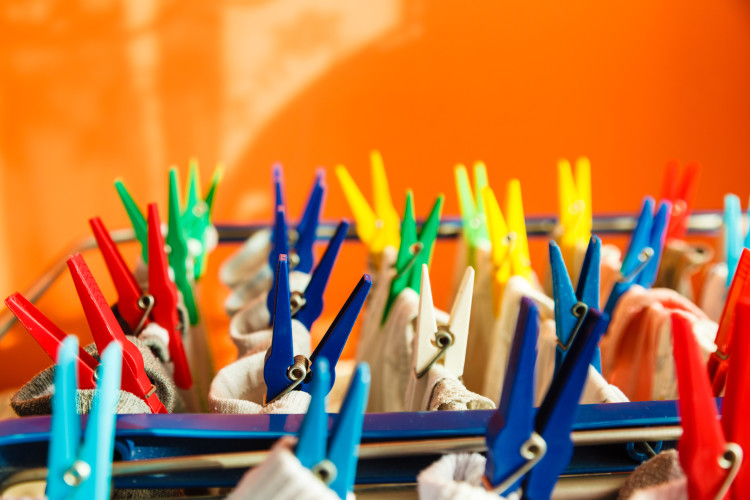
Housework concept. Closeup clothes hanging to dry on a laundry line with colorful pegs clips indoor
2. Vent Your Dryer Inside
Don't have the time to let your clothes line-dry? Install a simple kit that allows you to vent your dryer inside your house instead of outside. not only will the moisture form drying your clothes stay in the house, but you could cut down on heating costs by releasing the warm air into your home.
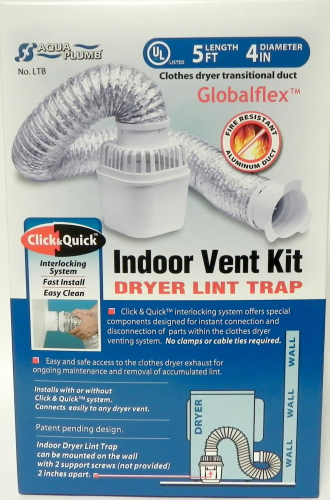
Indoor vent kit with lint trap, $19.99
3. Put Bowl(s) Of Water On Top Of Registers
I've tried this trick and it works. Simply place a metal bowl (or ceramic) on top of your floor register or a radiant heating unit. Depending on the current humidity levels in your home (and how much your heat is blasting) the water will evaporate into the air in your home. For me, it takes about a week for the water to fully evaporate in a medium-sized metal dog bowl.

4. Put Bowl(s) Of Water On Windowsills
If your registers are on the wall or ceiling, try placing a bowl or vase on a sunny windowsill. The warmth from the daily sun will gently warm the water and it'll evaporate slowly into your air.


5. Drink Tea Instead Of Coffee
Using a teapot on the stove (versus heating a mug in the microwave) to heat water for your tea will help release moisture into the air.
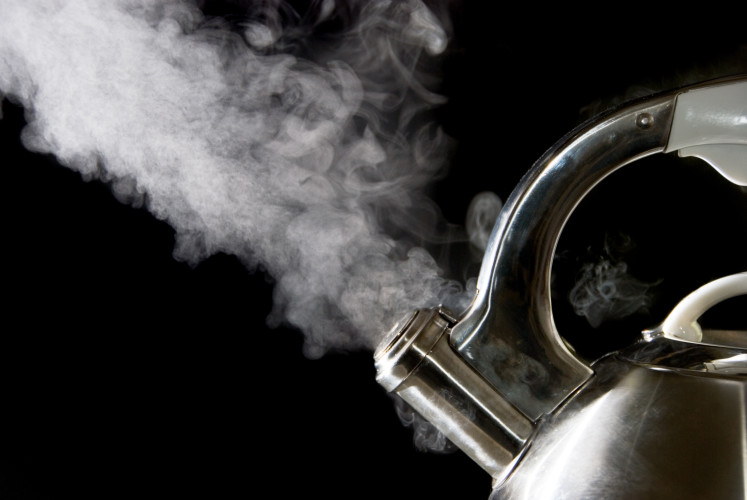
Tea kettle with boiling water; steam against a black background.
6. Leave The Door Open When You Shower
Let the steam escape from your bathroom and into the home be leaving the shower open when you shower.


7. Bathers, Let The Water Cool Before Draining
If you prefer to soak in the tub, keep the door open and let the water cool to room temperature before draining. The warm air will evaporate into your home. You can also do this if you wash dishes by hand in the sink. *NOTE* If you have small children, this isn't recommended.
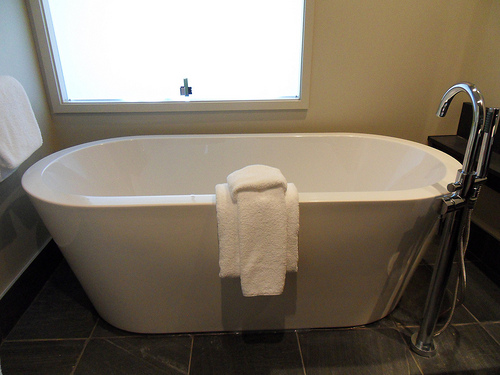

8. Get A Few Houseplants
Houseplants can help in adding humidity to your home. How? Plants continuously release moisture from their leaves and stems of plants as vapor. This process is called transpiration and as long as you keep them watered, they will help aid in regulating humidity levels in your home.
Don't have a green thumb? These are the most hardy house plants. And according to NASA, these are the best to help purify the air in your home too.
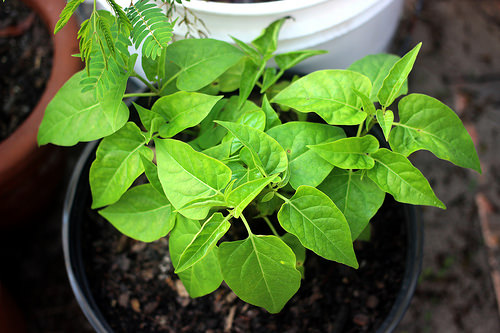

9. Let Your Dishes Air-Dry
Have you ever opened your dishwasher before the heated cycle? Yes, you're welcomed by a hot whoosh of air. As another way to save energy while adding moisture to the air, open the dishwasher after the last rinse cycle and let the dishes air-dry themselves.
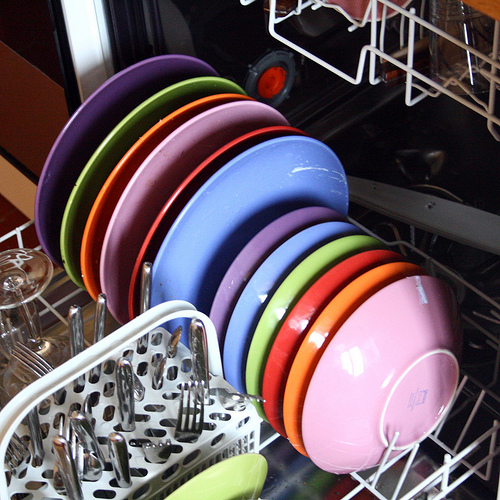

10. Do More Home Cooking
Specifically, stovetop cooking. The moisture released from cooking on the stove (like boiling water) is a great way to multi-task.
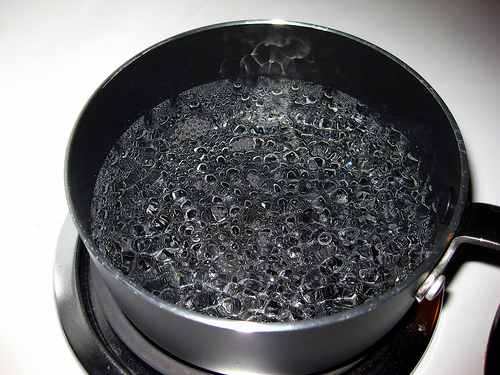

11. Repurpose Your Candle Warmers
If you have a candle warmer in your home that don't get much use, try repurposing it into a humidifier. For an electric candle warmer, place a glass vase or cup on it, filled with water.
For candle warmers that use an actual candle underneath, fill the top receptacle with water. Just be careful to not let either go dry, as they may break or crack.
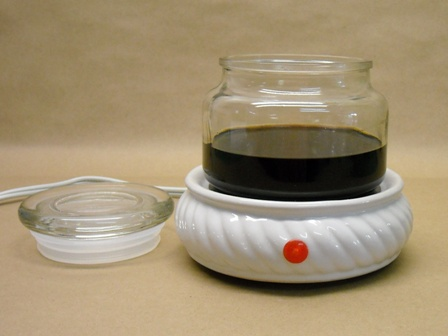
how to add humidity to a room
Source: https://www.simplemost.com/diy-ways-to-increase-the-humidity-in-your-home-without-purchasing-a-humidifier/
Posted by: newmangreste.blogspot.com

0 Response to "how to add humidity to a room"
Post a Comment